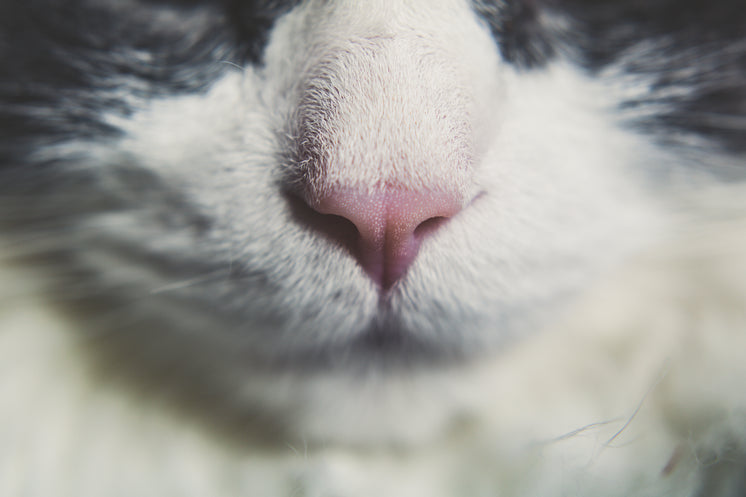Teaching Kittens to Use the Litter Box: Tips and Techniques
Wiki Article

In current years, the pattern towards eco-conscious living has encompassed every aspect of our lives, including our precious family pets. As animal owners become significantly conscious of the environmental effect of their furry buddies, the need for natural cat litter has actually surged. However what precisely is natural cat litter, and why should pet owners think about making the switch? In this extensive guide, we'll look into the world of natural cat litter to explore its advantages, options, and whatever else you need to understand.
Cat litter and litter boxes play a pivotal function in the lives of both cats and their owners. From the modest beginnings of sand and soil to the ingenious developments these days, the world of cat litter has progressed considerably. In this comprehensive guide, we look into every aspect of cat litter and litter boxes, exploring their history, types, advantages, challenges, and everything in between.
The history of cat litter go back centuries, with ancient civilizations using sand, soil, and even ashes as primitive litter products. Nevertheless, it wasn't up until the mid-20th century that modern-day cat litter as we understand it emerged. In 1947, Edward Lowe presented the world's first industrial cat litter made from absorbent clay, revolutionizing the way felines relieved themselves indoors. Considering that then, cat litter has undergone many transformations, with the introduction of clumping litter, silica gel litter, eco-friendly options, and more.
Today, cat owners are ruined for choice when it comes to choosing the right litter for their feline companions. Standard clay litter remains popular for its cost and efficiency in soaking up odors. Clumping litter, which forms solid clumps when wet, streamlines cleansing and maintenance. Silica gel litter, composed cat litter of extremely absorbent silica crystals, uses superior odor control and longevity. Eco-friendly alternatives, such as cat litter recycled paper, wood pellets, corn, and wheat, attract ecologically mindful customers.
Each kind of cat litter offers unique advantages. Clay litter stands out in its capability to soak up moisture and control odors, making it a trustworthy option for lots of feline owners. Clumping litter simplifies daily scooping and extends the time between complete litter changes. Silica gel litter offers extraordinary smell control and can last longer in between replacements. Eco-friendly litters offer a sustainable alternative that minimizes environmental impact.
While cat litter improves indoor feline hygiene, it is not without its difficulties. Dust from clay litter can present breathing threats for both felines and human beings, triggering the appeal of dust-free options. Some felines might establish litter box hostility due to problems with texture, fragrance, or cleanliness, requiring experimentation with different litters and box configurations. Multi-cat homes may require strategic litter box placement and frequent upkeep to avoid territorial disagreements and make sure all felines have access to tidy facilities.
Selecting the appropriate litter box is essential for promoting positive litter box routines and total feline wellness. Elements to consider include size, accessibility, and style choices. Covered litter boxes supply personal privacy and assistance contain smells, however some cats may find them restricting or frightening. Open-top litter boxes provide easy access and presence however may result in more litter scatter. Automatic self-cleaning litter boxes streamline upkeep however require regular tracking and maintenance.
Appropriate litter box maintenance is vital for making sure a clean and welcoming environment for both felines and their owners. Daily scooping eliminates waste quickly, reducing smell and preventing litter box aversion. Regular litter replacement, normally every 1-2 weeks, avoids bacterial buildup and keeps ideal absorbency. Thorough cat litter wood pellets cleansing with moderate detergent and water, preventing severe chemicals that may hinder cats from using package, ought to be carried out monthly.
Cat litter and litter boxes play a main role in cultivating a healthy and harmonious relationship in between cats and their human companions. With a varied array of litter choices and litter box styles offered, feline owners have the versatility to tailor their options to suit their felines' preferences and family needs. By comprehending the evolution, types, advantages, and challenges of cat litter and litter boxes, animal owners can supply their feline pals with a comfy and hygienic indoor environment.